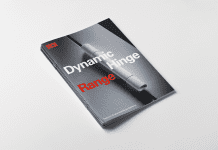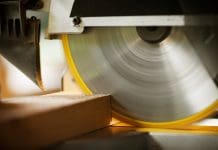New research has revealed that some 70 per cent of builders have experienced an increase in the price of construction materials
Since the Brexit vote the cost of construction materials has seen an increase. In the Markit/CIPS PMI last week, experts revealed this increase. Now, new research from the Federation of Master Builders (FMB) has also corroborated this view, as 70 per cent of builders reported they have seen a hike in the price of materials.
Behind the rise in costs is said to be the depreciation of the pound, which is a pushing up the value of materials. Furthermore, high demand in the sector for construction materials due to extensive building programmes nationally could also be behind the growth.
Smaller firms hit hard
FMB’s director of external affairs Sarah McMonagle said: “Thousands of smaller building firms are grappling with the rising cost of materials caused by the depreciation of sterling since the EU referendum.”
She added that more than 70 per cent of smaller building firms had seen costs mount. This figures is expected to see additional increases of 10 to 15 per cent as 2017 gets underway.
“Anecdotally, construction SMEs are already reporting an increase of 22 per cent in Spanish slate and 20 per cent increase in timber.
“A quarter of all materials used by the UK construction industry are imported – this is significant and underlines the vulnerability of the industry to sudden fluctuations in the strength of our currency.
“The combined pressure of higher material prices and the rising cost of skilled labour represents a serious challenge to builders.”
McMonagle said this continued pressure could see homeowners experience a rise in costs on building projects.
“It also means that consumer choice may be reduced as some home owners face having to compromise on aspects of their project due to the fact that certain materials have become too expensive,” she added.
“There is also an added headache for the builder, as material price rises can come at short notice and if they are mid-project, the original costing is no longer accurate.
“This makes pricing jobs problematic and leads to construction SMEs having to cover themselves against sudden price swings.
“Some builders are attempting to mitigate this by introducing larger contingency funds when pricing for a job, or by stipulating in the contract that the overall contract price will change in the case of material price hikes, making client budgeting more tricky.”
CPA members also report price increases
The Construction Products Association (CPA) said its membership had also seen an increase in the price of construction materials and warned to expect further increases. Annual costs reportedly rose by 78 per cent for “heavy side” materials such as steel and bricks, while there was a 71 per cent rise for those producing “light side” products such as insulation and lighting.
A senior economist at the CPA Rebecca Larkin said: “Rising costs of imported raw materials continue to be a primary driver of cost inflation, but there is now an indication that currency weakness is filtering through to higher energy and fuel costs too.
“The impact of Brexit on the construction industry is, as yet, unclear, but it is unlikely this year will be as buoyant as last unless government is able to provide greater certainty and the industry is able to manage cost pressures.”





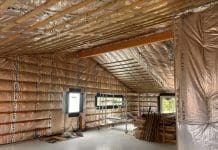
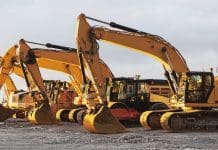



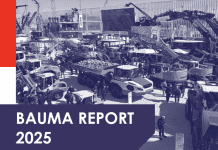
![[VIDEO] World’s largest crane lifts dome at Hinkley Point C The world's largest crane, Big Carl, lifting the dome into place at Hinckley Point C's Unit 2](https://www.pbctoday.co.uk/news/wp-content/uploads/2025/07/104593-218x150.jpg)

